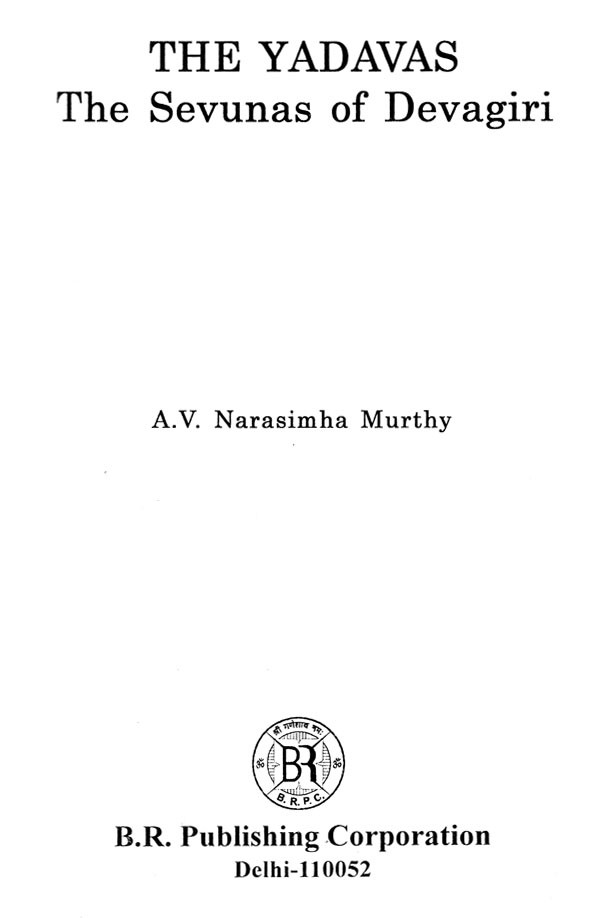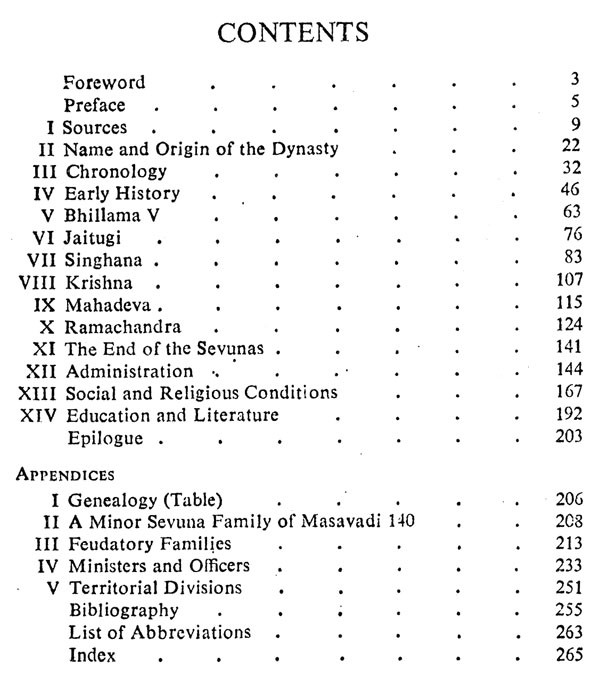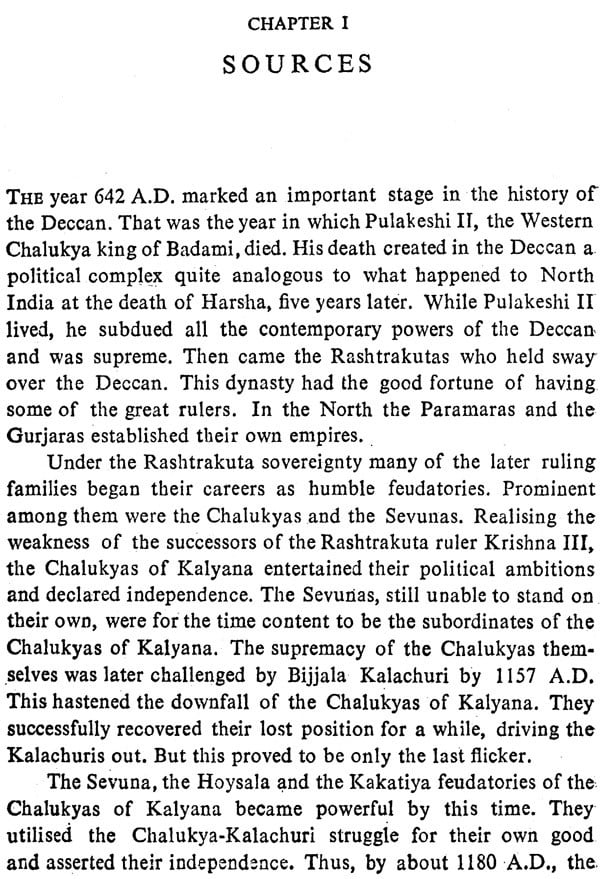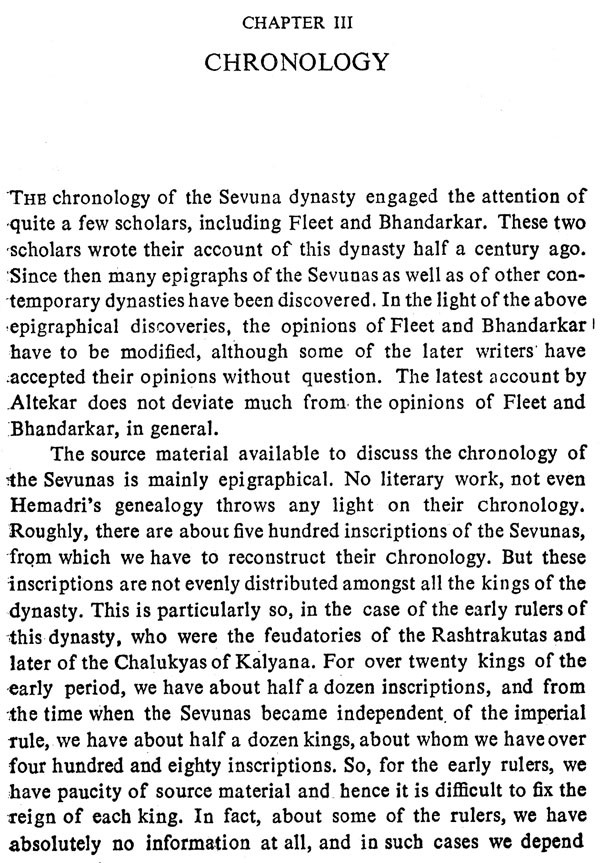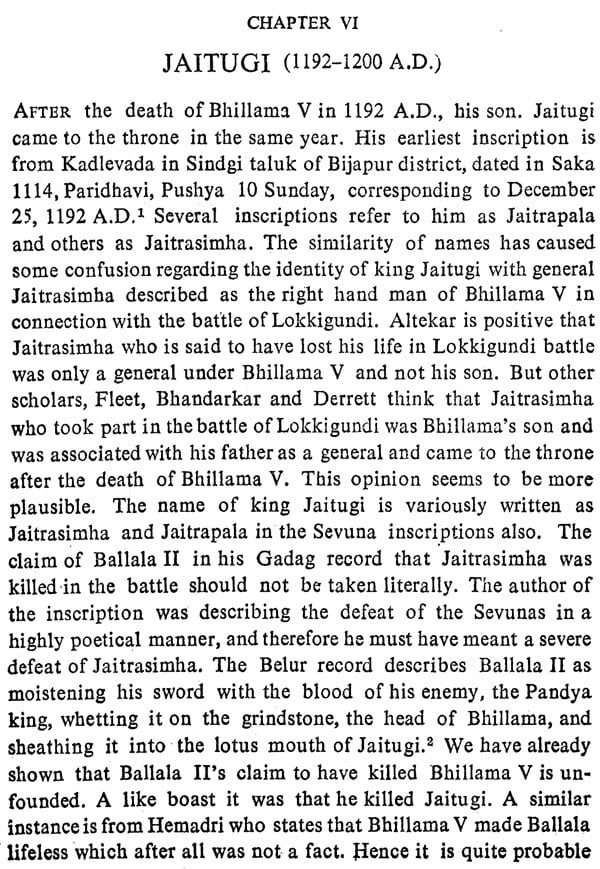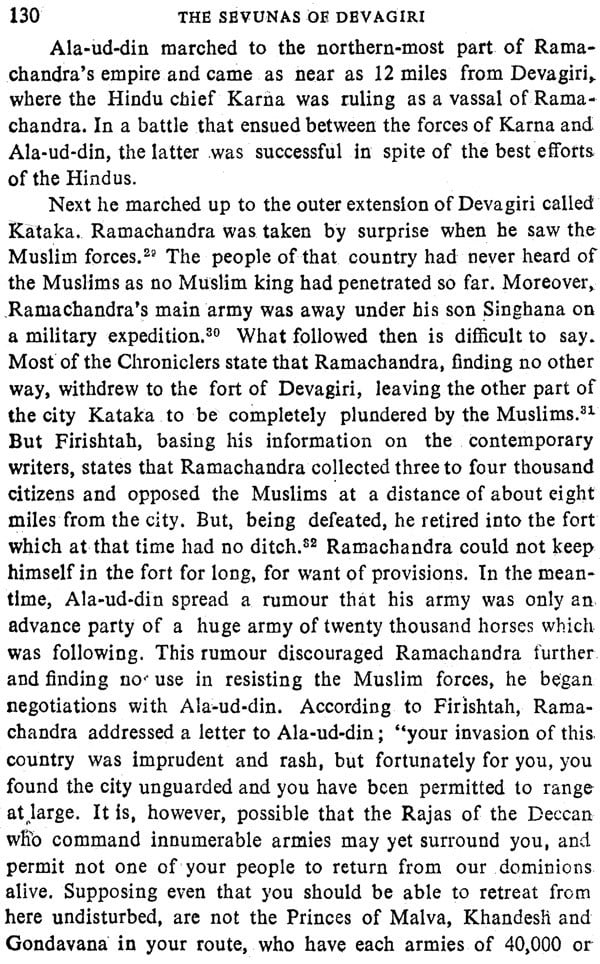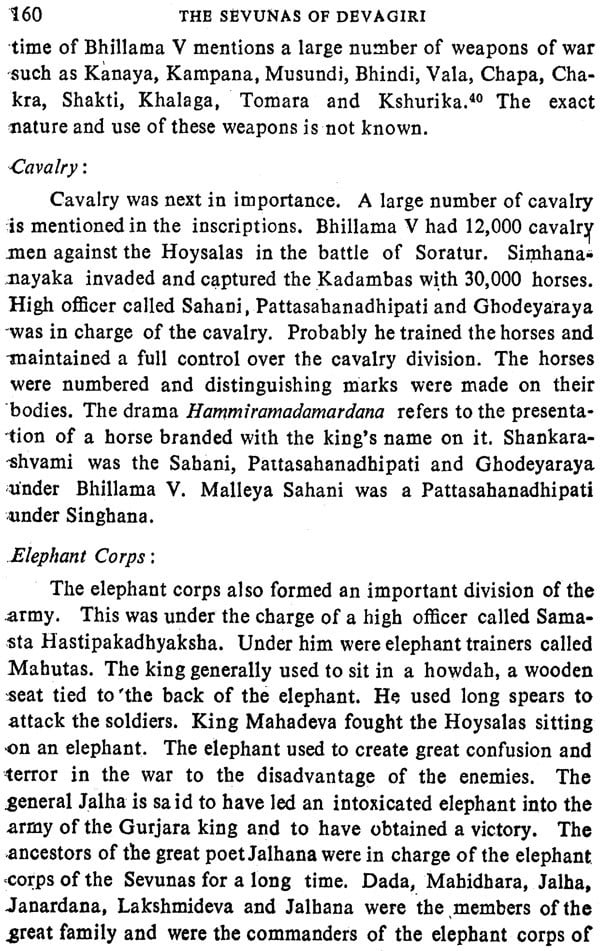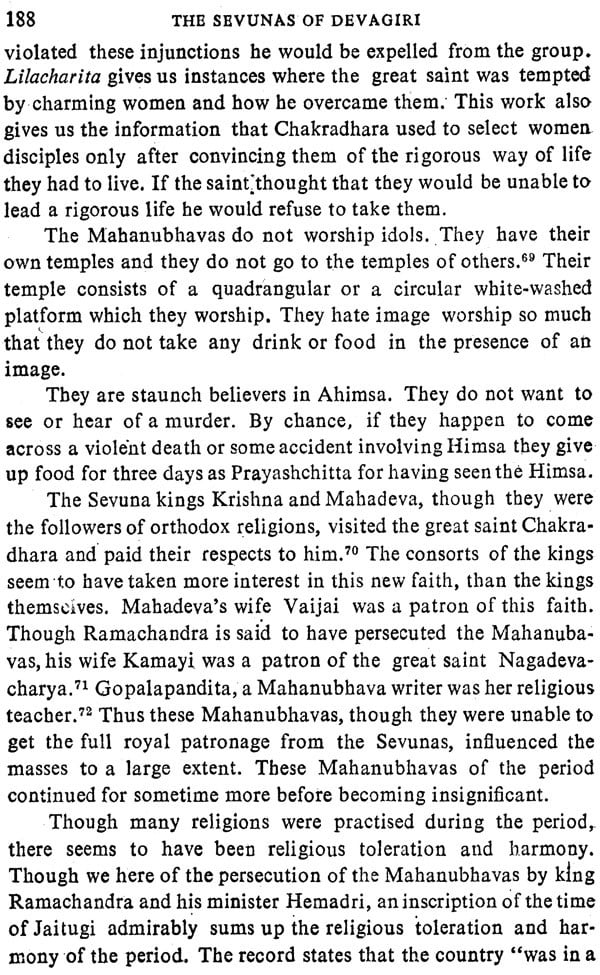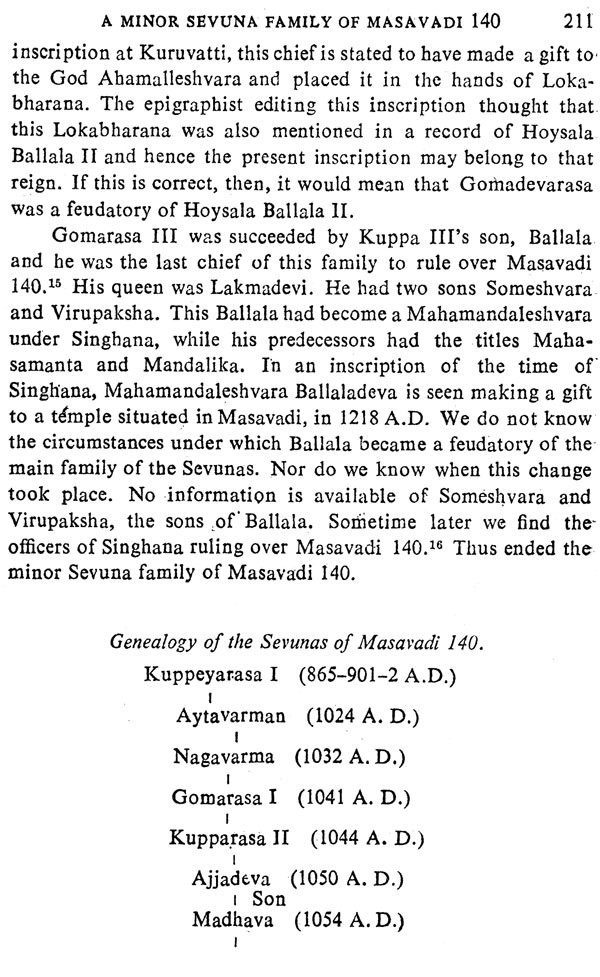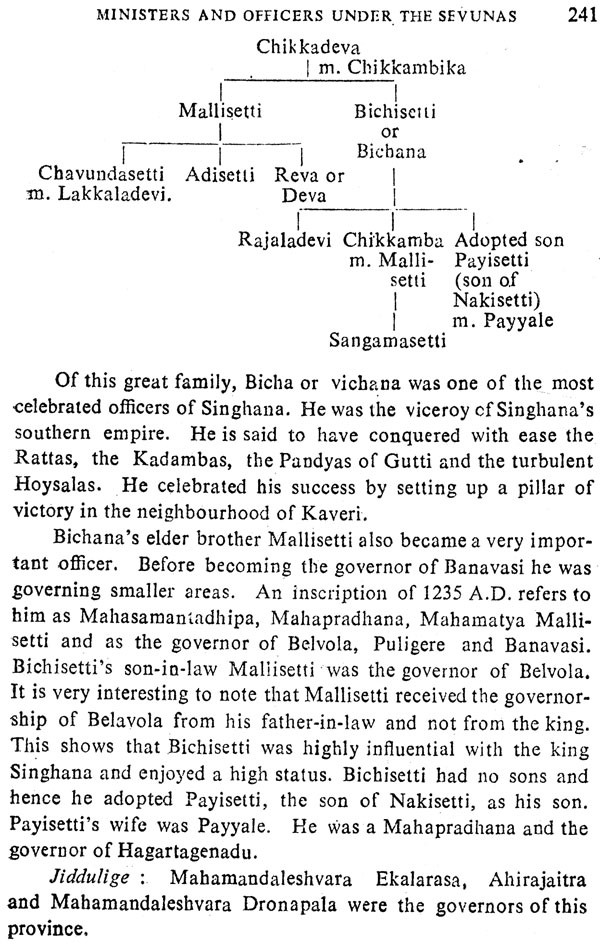
The Yadavas- The Sevunas of Devagiri
Book Specification
| Item Code: | UAW122 |
| Author: | A.V. Narasimha Murthy |
| Publisher: | B.R. Publishing Corporation |
| Language: | English |
| Edition: | 2013 |
| ISBN: | 9789350501177 |
| Pages: | 272 |
| Cover: | HARDCOVER |
| Other Details | 8.50 X 5.50 inch |
| Weight | 430 gm |
Book Description
The Yadavas of Devagiri also called as the Sevunas of Devagiri played an important role in the political and cultural history of Deccan from eleventh to the beginning of the fourteenth centruy AD till they were defeated by Alauddin Khilji. Starting as feudatories they attained the status of paramount rulers and became a power to reckon with. They established good and efficient administrative system.
The Yadavas played an important role in cultural history also. Their age is marked by the development of Sanskrit and Marathi literature as exemplified by the presence of the famous Hemadri, the author of Chaturvarga Chintamani. The illustrious Marathi saint Jnaneswar flourished under their patronage. The Yadavas encouraged Mahanubhava school of philosophy which also produced many Marathi religious works. All these developments are discussed in this work in an authoritative and lucid way.
Dr. A. V. Narasimha Murthy (b.1935) is a retired professor and Chairman of the P. G. Department of Ancient History and Archaeology of the Mysore University. He was also a UGC Emeritus Fellow. Dr. Murthy has published more than 30 books in English and Kannada on history, epigraphy, numismatics, Art and Architecture. He has also published over 150 research articles on various aspects of archaeology in learned journals. The world of scholars has honoured Dr. Murthy with a two part felicitation volume titled Narasimhapriya. Dr. Murthy is the recipient of many natior and state honours for his contribution to history and archaeology. At present Dr. Narasimha Murthy is the Chairman, Bharatiya Vidya Bhavan, Mysore Kendra
This sordid atmosphere was perhaps relieved by the advent and spread of the movement of the Mahanubhavas. The history of Mediaeval India, in a sense, is the history of its saints. Dr. A. V. Narasimha Murthy has rightly drawn our attention to the role of Chakradhara, the founder of this movement (pages 186-88). Despite the political shortsightedness, the Sevunas did achieve some stability, particularly under Bhillama V and Singhana in the Deccan. The rise and fall of this dynasty in the Deccan is the theme of this book-a doctoral dissertation of the Andhra University which won for the author the award of a Ph.D. degree. There are useful chapters on administration, religion and education of the period.
New ground has been broken by the author in regard to the Karnataka origin of the Sevunas. Dr. A. V. Narasimha Murthy has shown admirable competence and objectivity in handling the historical material bearing on this subject.
THIS work is an attempt at writing a connected and coherent account of the Sevuna dynasty, more popularly known as the Yadavas of Devagiri. While my work on this topic was in progress, The Early History of the Deccan edited by Yazdani was published. It contained a chapter on the Sevuna dynasty by Professor Altekar. This was a very short and general account of the dynasty. Hence I continued my work to know in detail the history of this dynasty, with the help of the latest epigraphs and the original sources. I consulted all the relevant inscriptions, both published and unpublished, up to the year 1965. Besides, I have made use of literary sources in Sanskrit, Kannada, Telugu and Marathi.
The present work contains fourteen chapters. The first chap ter is devoted to a survey of the sources. In the second chapter I have examined the name and origin of the dynasty. The third chapter is set apart for chronology and the fourth examines the early history of the Sevunas when they were still a feudatory family. The next six chapters are devoted to six successive kings of the dynasty and their political achievements. The eleventh chapter is meant to give an idea of the downfall of the dynasty. With this the political history of the dynasty comes to an end. The remaining three chapters deal with the administrative, social, religious and literary conditions of the contemporary times. The five appendices at the end deal with the various connected problems.
**Contents and Sample Pages**
